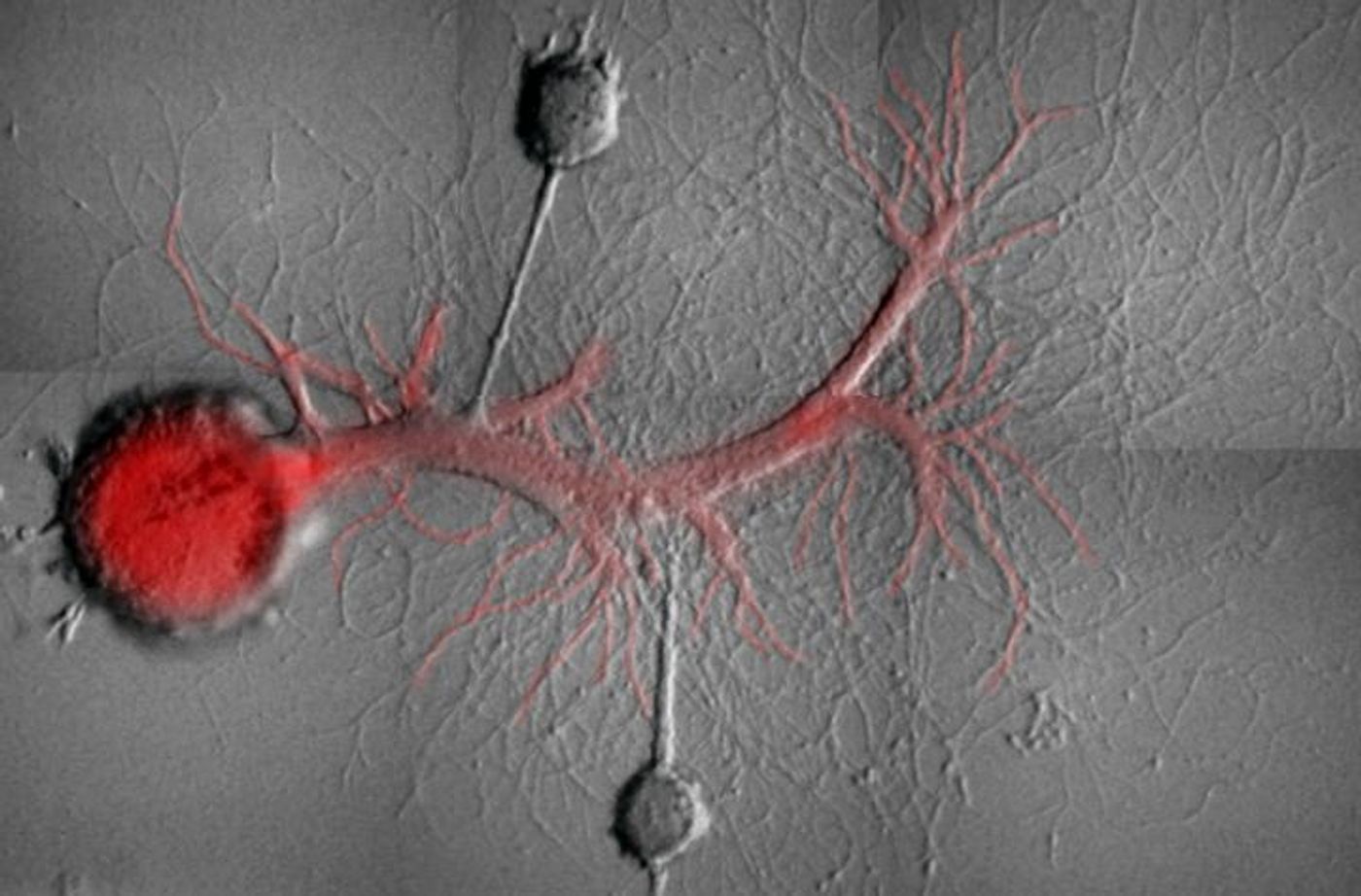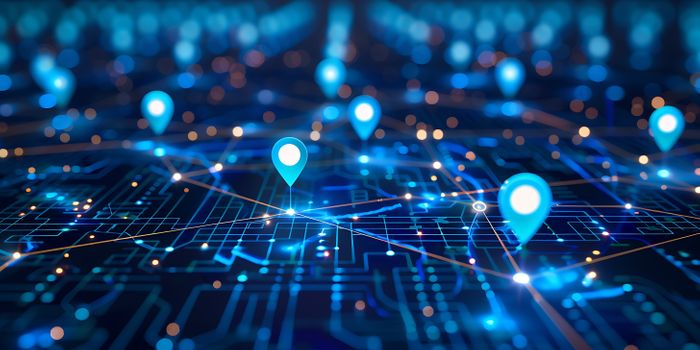Finding a Way to Selectively Erase Memories
Might it be possible to use drugs to selectively edit out traumatic memories in people that are suffering from mental disorders? Researchers at Columbia University Medical Center (CUMC) and McGill University have been using an animal model of neurobiology to try to find out. New work they’ve published in Current Biology suggests that it is possible to develop drugs that can remove specific memories and leave others intact.
When we experience an emotional event or trauma, all of the information abut that event gets memorized together, and we can develop associations between normally benign things are things that trigger stress. "The example I like to give is, if you are walking in a high-crime area and you take a shortcut through a dark alley and get mugged, and then you happen to see a mailbox nearby, you might get really nervous when you want to mail something later on," explained Samuel Schacher, PhD, a Professor of Neuroscience in the Department of Psychiatry at CUMC and co-author of the paper.
In that example, the dark alleys are an associative memory because they provide direct information about the event, while fearing mailboxes is a non-associative memory, with only a tangential relationship to the event.
"One focus of our current research is to develop strategies to eliminate problematic non-associative memories that may become stamped on the brain during a traumatic experience without harming associative memories, which can help people make informed decisions in the future -- like not taking shortcuts through dark alleys in high-crime areas," Dr. Schacher added.
We know that one part of long-term memory formation and maintenance involves strong connections among neurons in the brain. In this study, the researchers wanted to know whether associative and non-associative memories are formed in the same way (and whter one culd be eliminated without affecting the other).
They used the marine snail Aplysia, a common neuronal model (learn more about them in the video). Two sensory neurons were stimulated, both are connected to a single motor neuron. One of the sensory neurons was stimulated to create an associative memory, while inducing non-associative memory formation in the other sensory neuron. The researchers measured the strength of the connections, and found a different form of a molecule called Protein Kinase M (PKM) was maintaining the strength of each - PKM Apl III for associative synaptic memory and PKM Apl I for non-associative. Blocking one of the PKM molecules and not the other could erase one memory without affecting the other.
Specific synaptic memories could be erased by stopping specific variants of other molecules that synthesize or protect PKMs. The investigators suggested this work may be helpful in understanding human memory since vertebrates have similar versions of the Aplysia PKM proteins that function in long-term memory formation.
"Memory erasure has the potential to alleviate PTSD and anxiety disorders by removing the non-associative memory that causes the maladaptive physiological response," says Jiangyuan Hu, PhD, an associate research scientist in the Department of Psychiatry at CUMC and co-author of the paper. "By isolating the exact molecules that maintain non-associative memory, we may be able to develop drugs that can treat anxiety without affecting the patient's normal memory of past events."
"Our study is a 'proof of principle' that presents an opportunity for developing strategies and perhaps therapies to address anxiety," suggested Dr. Schacher. "For example, because memories are still likely to change immediately after recollection, a therapist may help to 'rewrite' a non-associative memory by administering a drug that inhibits the maintenance of non-associative memory."
Additional work is needed to investigate the production of PKMs and where they are located at the synapse so scientists can find drugs that can work on the process.
Researchers, and philosophers, may also have to grapple with the ethics of such advancements if and when such treatments are created. While it is certainly beneficial to think of helping people, people would also have to define the limits to its use.
Sources: AAAS/Eurekalert! via CUMC, Current Biology









